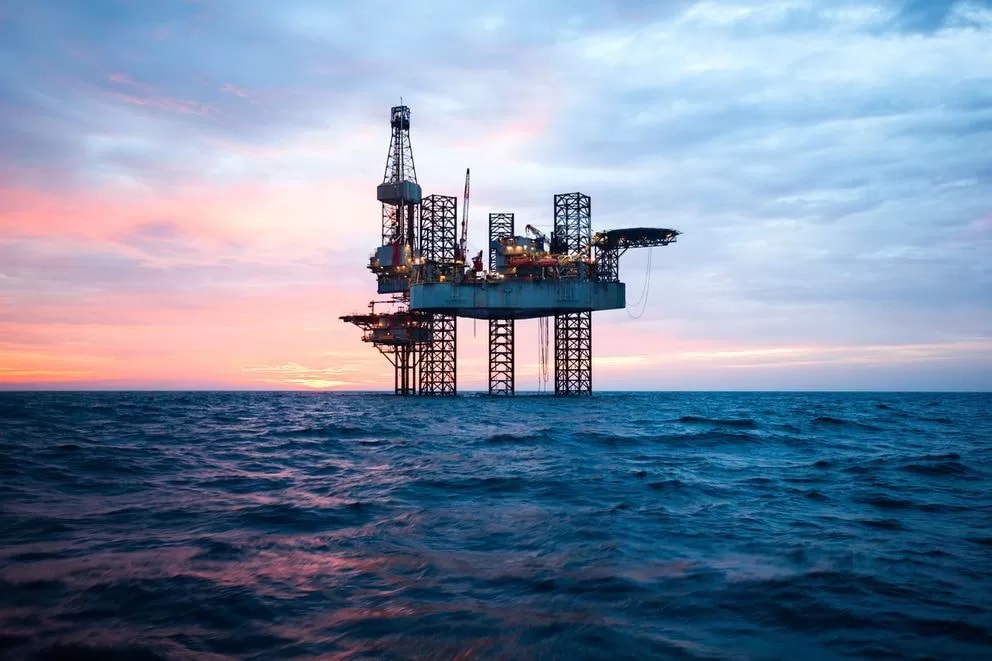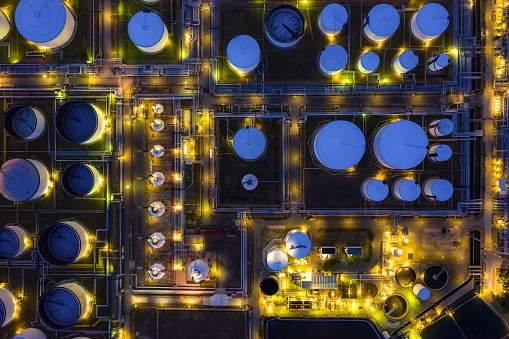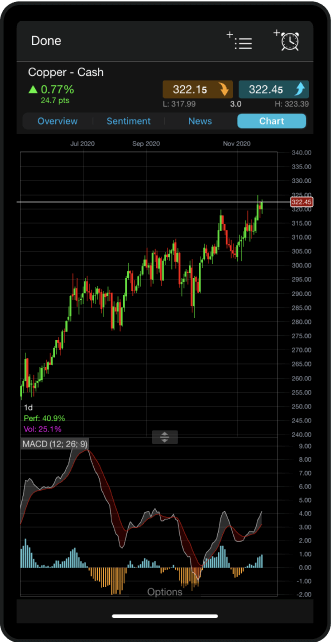Oil trading explained: how to trade oil
Published on: 22/12/2021 | Modified on: 19/08/2022
Oil trading is the process of buying and selling crude oil, one of the most actively traded commodities in the world. A raw material that is commonly extracted from Middle Eastern countries, it is referred to as “black gold” and “the mother of all commodities”. It’s popular among traders due to its high volatility during times of geopolitical uncertainty, as well as a changing supply and demand largely driven by the OPEC cartel. Read on to discover how to trade with us within the commodity market.
KEY POINTS
- Oil is one of the most traded commodities in the world due to its high liquidity and volatility
- Brent and West Texas Intermediate (WTI) act as global benchmarks for energy prices
- The top 3 oil producers worldwide are the US, Saudi Arabia and Russia
- The OPEC organisation, made up of 13 countries, produces and exports around 40% of the world’s supply of oil
- You can trade on derivative spot and futures prices through products like spread bets and CFDs























